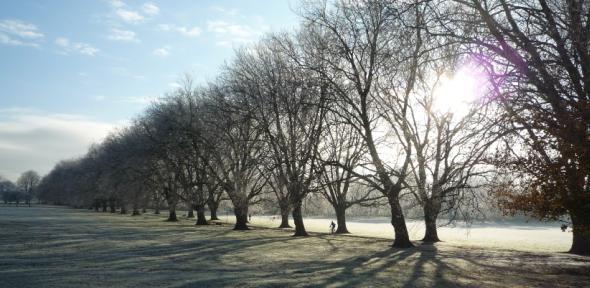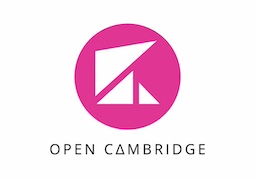
What do you think of when you picture Cambridge?
Most people will conjure up images of the colleges, the hustle and bustle of King’s Parade, the thriving market and of course, punts gracefully floating down the river. Yet, nestled deep within the heart of the city, there are areas which have stood the test of time, still recognisable today as they were 1,000 years ago: Cambridge’s commons.
These pieces of land are hardly ever mentioned in historical literature but Cambridge would be unrecognisable without Jesus Green, Lammas Land, Stourbridge Common and many more such areas. They make what Green Badge guide, Gerald Smith, calls the ‘Cambridge Green Belt’, green spaces woven throughout the city, often taken for granted but used by many. And what’s incredible is that these commons have developed by accident, used for grazing and recreation because they couldn’t be used for anything else.
In Cambridge, location, location, location is ever important and this is clear with its commons – nearly all of these areas have experienced, or still experience, flooding. Therefore, as with many other aspects of Cambridge life, the commons are closely connected to the River Cam, firmly cementing their place as part of the urban city despite their rural roots. Helpfully, this has resulted in Cambridge retaining its commons, whereas towns such as Brighton have built over theirs.
Although commons are interwoven into the fabric of Cambridge, how much do you really know about them? When enjoying the rides at Midsummer Fair, did you know you are the beneficiary of a charter drawn up by King John in 1211? If you ever pass through Stourbridge Common, do you realise it was the site of the largest fair in medieval Europe, providing the inspiration for the Vanity Fair which features in John Bunyan’s The Pilgrim’s Progress, which was subsequently adopted by William Thackeray as the centrepiece for his novel? And did you know that it is permitted to graze up to 120 cattle from Maundy Thursday until 1st November on the commons, of which as many as 10 fall into the river each year?
Join Gerald Smith on a gentle 10km cycle tour through some of Cambridge’s commons to learn more about their history and explore what a common actually is. You’ll hear how commons developed over time and particularly how their use evolved right up to the modern day. You’ll also discover at least three of Cambridge’s ‘dinky doors’ and visit a memorial to one of Cambridge’s most gruesome executions.
And if you’re still not convinced, surely you will want to find out where and why the people of Cambridge managed to polish off 7,029 joints of beef, mutton, pork, veal and bacon, 72lb of mustard, 125 gallons of pickles, 4,500 loaves and 99 barrels of ale… all in one afternoon!
So, when you next picture Cambridge, a different image can now come to mind: Cambridge’s ‘Green Belt’ and in particular, the cows of Cambridge grazing in the commons.
Open Cambridge takes place on 13 - 14 September and offers the public a chance to visit a range of stunning buildings and hidden curiosities. There are more than 80 events in this year’s programme, including Open Eddington.

